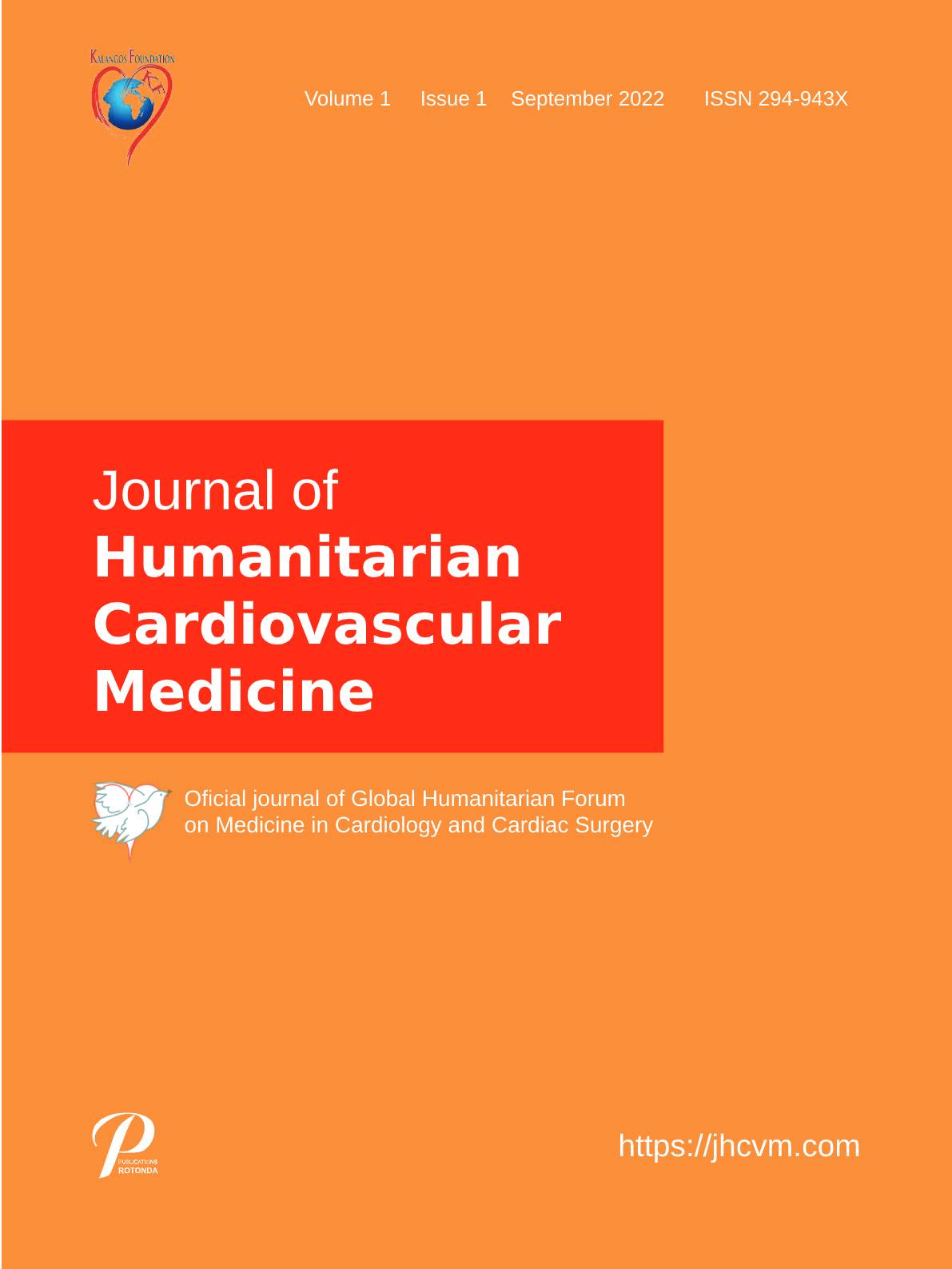Review of sustainable Paediatric Cardiac Surgery Program based on Humanitarian Principles at Govt. Medical College, Goa

Abstract
Introduction: Paediatric cardiac surgery and paediatric cardiology set-up is an arduous task, in developing countries, like India (4). Access to advanced cardiac care is unavailable in majority of developing countries (5). Due to high fertility rates in India, the annual estimate of CHD is approximately 150,000–200,000 children per year (6, 10). Of these, approximately a third to a quarter (∼50,000) would need early intervention to survive the first year of life (7, 10). Goa is a small state of India situated along the western coast of Indian peninsula. Goa medical college (GMC) is the only tertiary level institute, providing medical facilities in the state. There were no cardiology or cardiac surgical facilities available at GMC, prior to 2014. The cardiac surgical unit at Goa Medical College was started in April 2014. It provides cardiac surgical services absolutely free of cost to all the citizens of the state. Initially only adult cardiac surgical cases were being performed, but from September 2014, we initiated the paediatric cardiac surgical program, for which we availed the facility of a paediatric cardiac surgeon. Materials and Methods: From 26th Sep 2014 to 11th Jan 2020, we operated a total of 90 cases, during 18 visits of the visiting paediatric cardiac surgeon, who operated an average of 5 cases per visit. Mean age of operated children was 3.2 years. We operated 34 cases of VSD’s, 26 cases of TOF, 8 cases of Tricuspid atresia, 9 cases of ASD, 3 cases of MV repair, 1 case of ASD+PS, 5 cases of TAPVC, 3 PA banding & PDA ligation and one permanent pacemaker implantation. Patients were managed initially in a 5 bedded ICU and after extubation were shifted to a step-down ICU for further recovery. Results: The average duration of ventilation was 36hrs and average length of ICU stay was 5 days. Mean CPB time was 92.46 mins and mean aortic cross clamp time was 59.5 mins. Overall mortality was 5.55%. One patient underwent a redo MV repair, as there was moderate residual MR in post operative period. Conclusion: This model of cardiac surgical program has worked well for the state of Goa and has benefitted lot of people from within the state as well as neighbouring states, where easy and affordable access to cardiac surgical facilities are missing. It has produced excellent outcomes for adult cardiac surgery and has encouraged us to extend the facility to paediatric population. Gradually, our local team is getting confident to do these paediatric cases.
Keywords: Congenital heart disease, India, Goa medical college (GMC), Paediatric cardiac surgical care.
Article Details
- How to Cite
-
Kolwalkar, J., Agarwal, R., Borkar, S., Sunil, V. S., & Vijay, M. (2022). Review of sustainable Paediatric Cardiac Surgery Program based on Humanitarian Principles at Govt. Medical College, Goa. Journal of Humanitarian Cardiovascular Medicine, 1(1). https://doi.org/10.12681/jhcvm.30447
- Section
- Articles
- Categories

This work is licensed under a Creative Commons Attribution-NonCommercial-ShareAlike 4.0 International License.
This work is licensed under a [Creative Commons Attribution-NonCommercial-ShareAlike 4.0 International License|https://creativecommons.org/licenses/by-nc-sa/4.0/]. Authors who publish with this journal agree to the following terms: # Authors retain copyright and grant the journal right of first publication with the work simultaneously licensed under a CC-BY-NC-SA that allows others to share the work with an acknowledgement of the work's authorship and initial publication in this journal. # Authors are able to enter into separate, additional contractual arrangements for the non-exclusive distribution of the journal's published version of the work (e.g. post it to an institutional repository or publish it in a book), with an acknowledgement of its initial publication in this journal. # Authors are permitted and encouraged to post their work online (preferably in institutional repositories or on their website) prior to and during the submission process, as it can lead to productive exchanges, as well as earlier and greater citation of published work (See [The Effect of Open Access|http://opcit.eprints.org/oacitation-biblio.html]).


